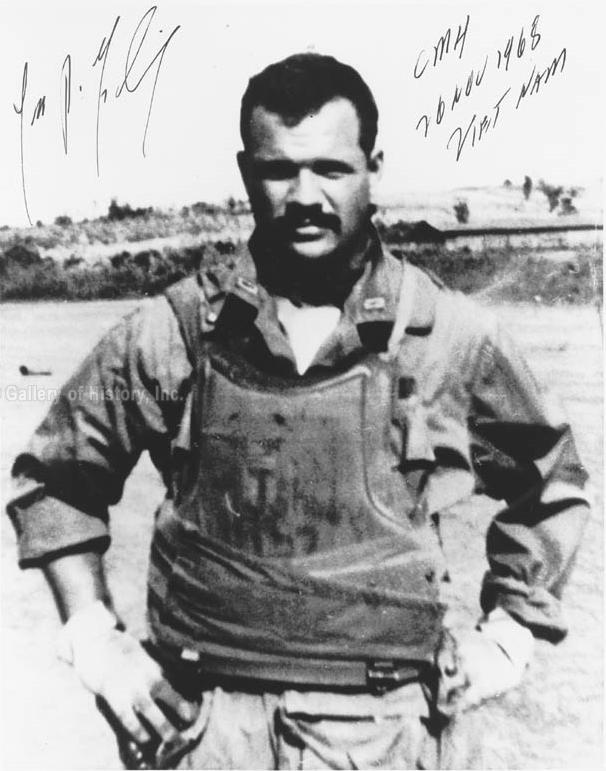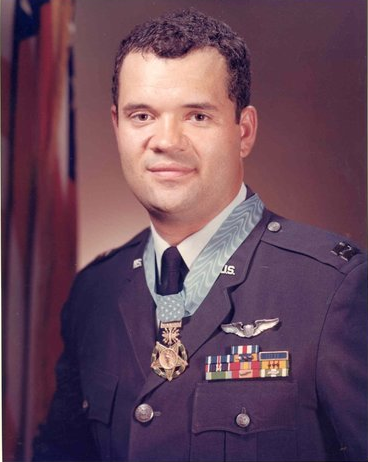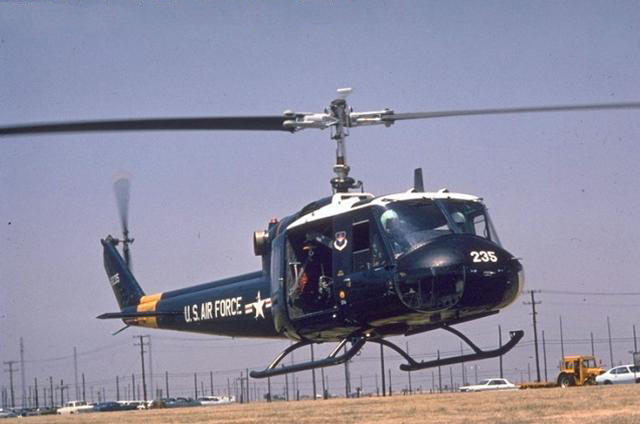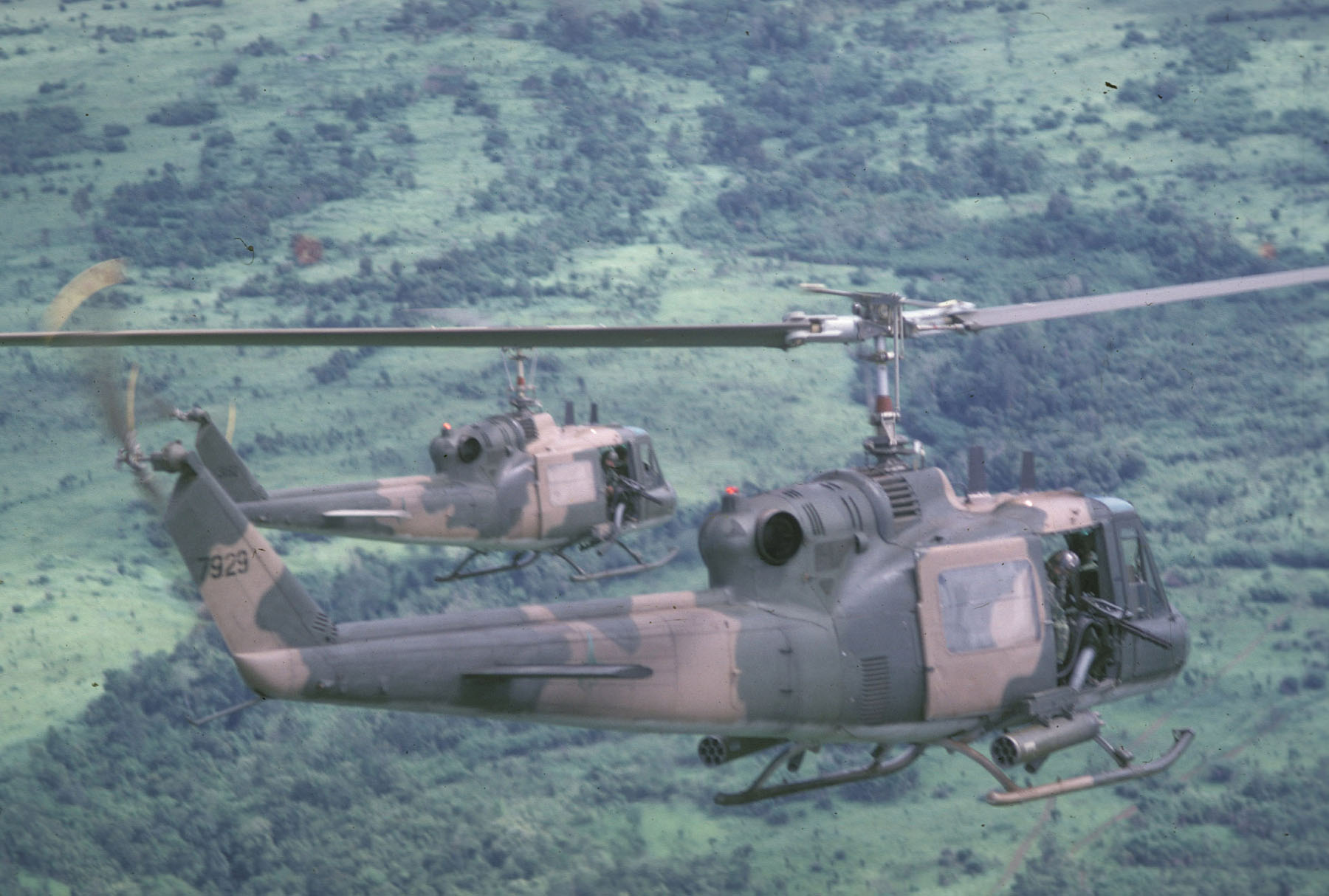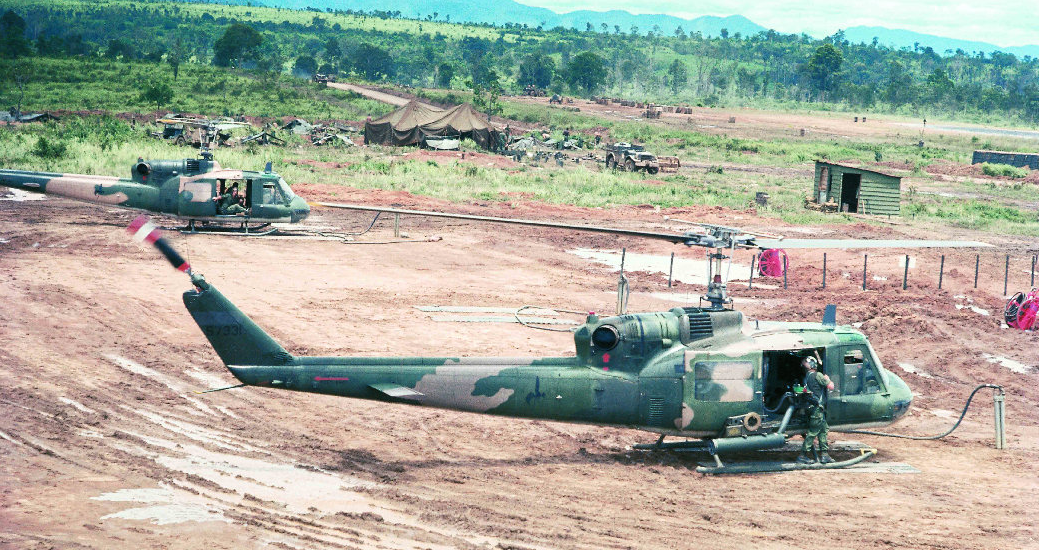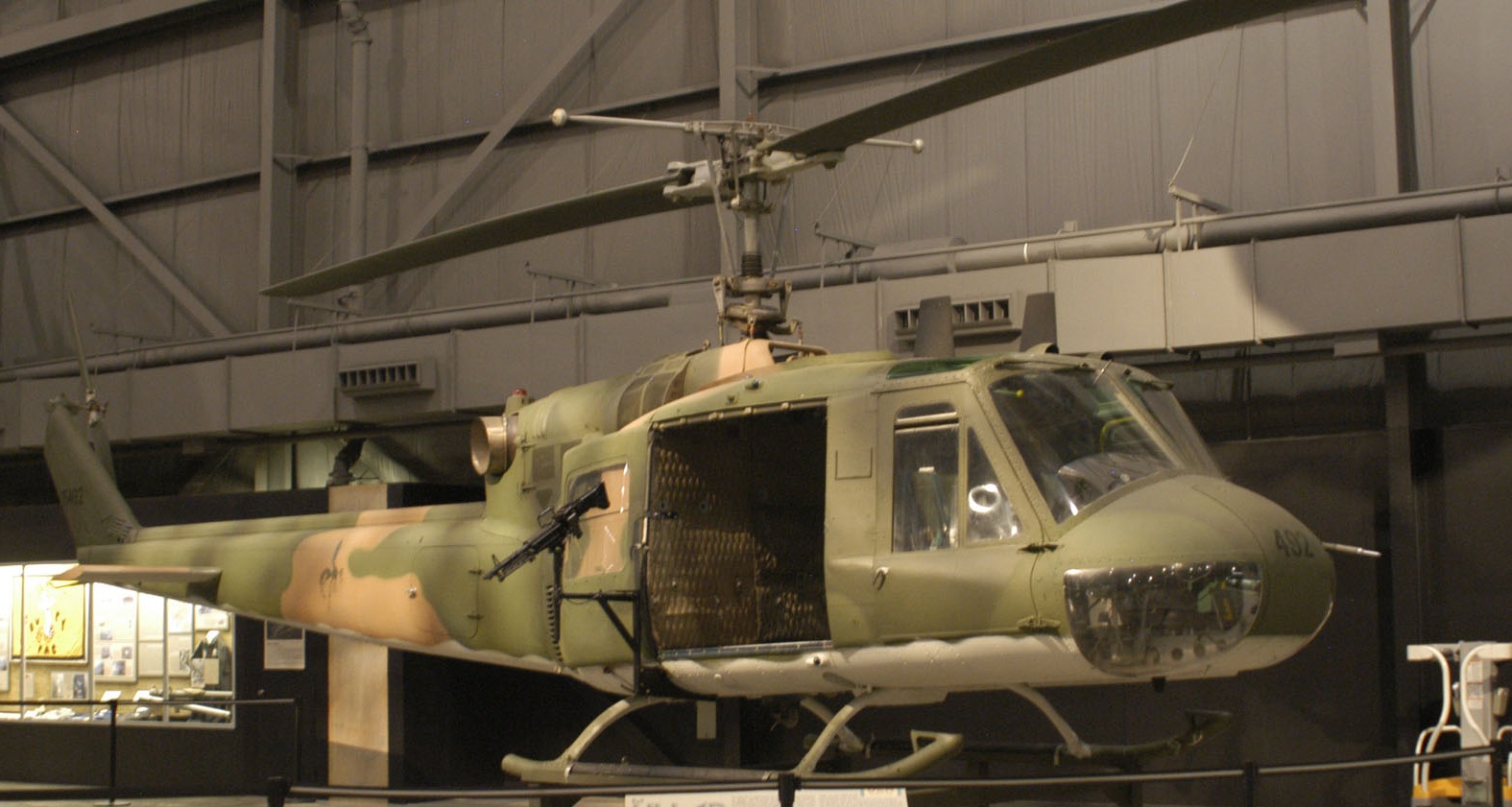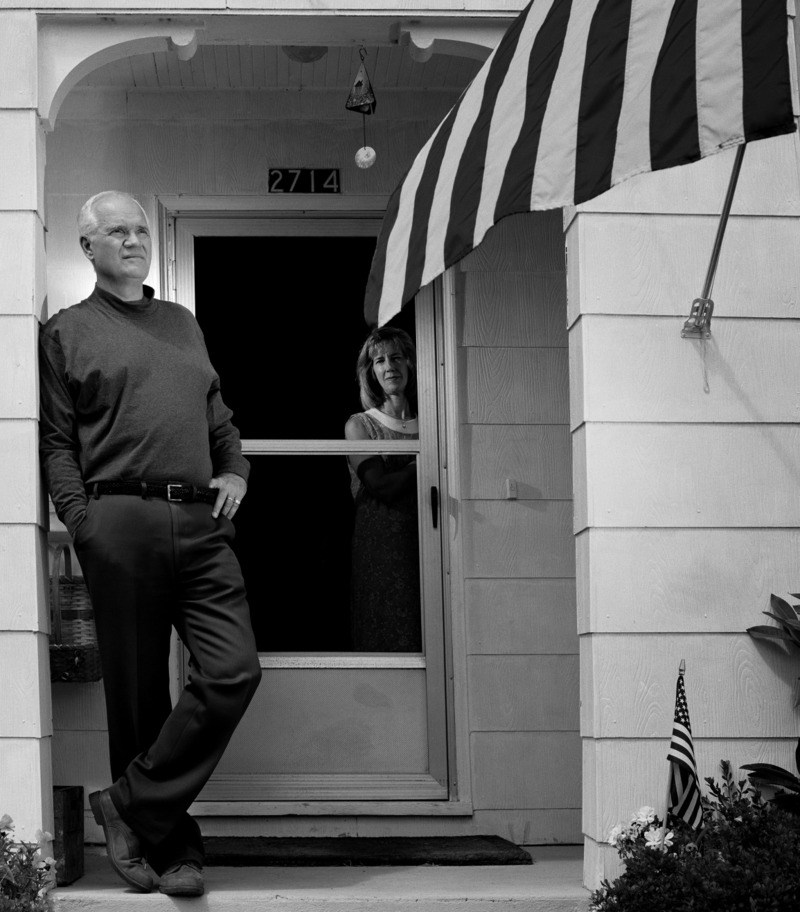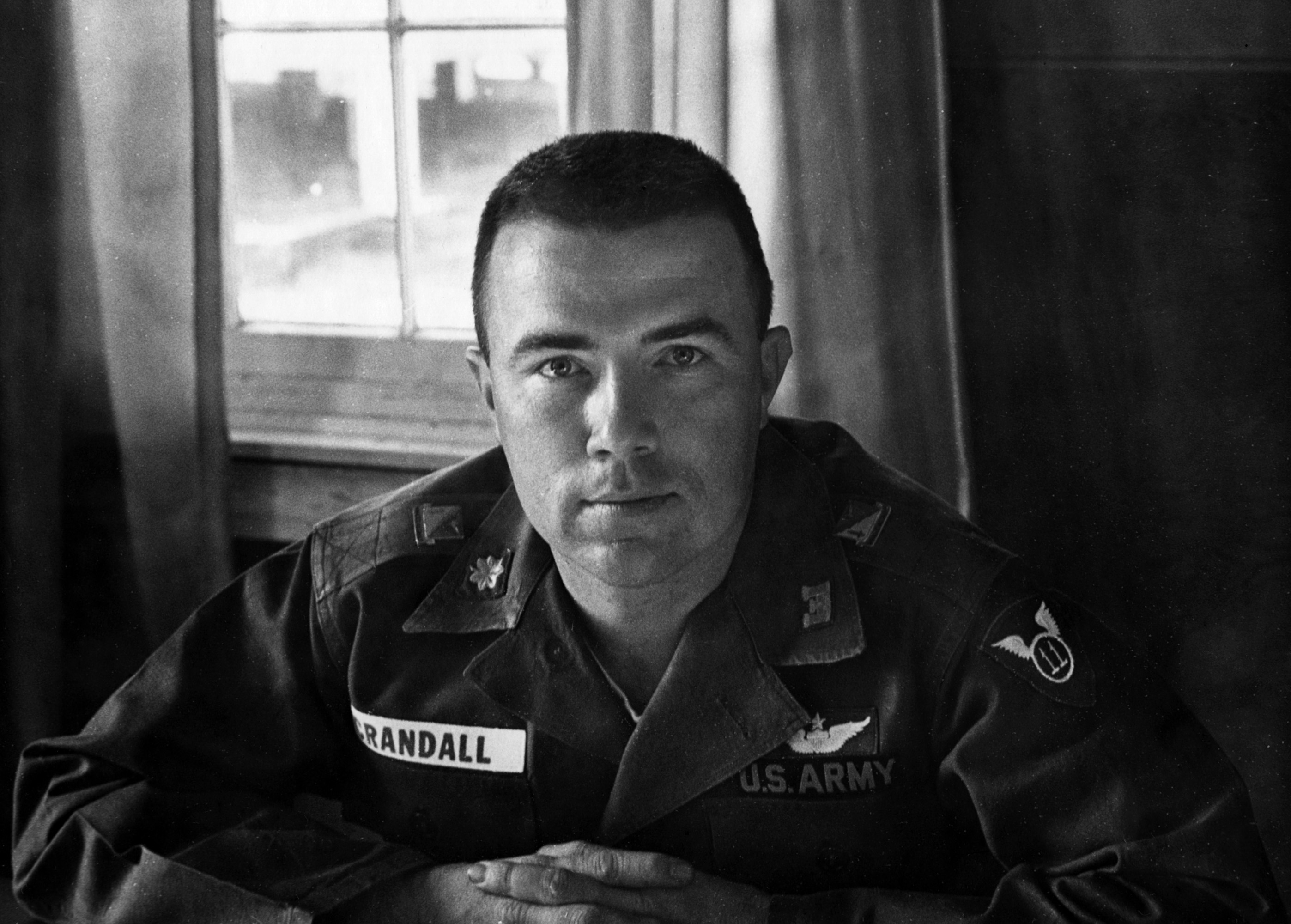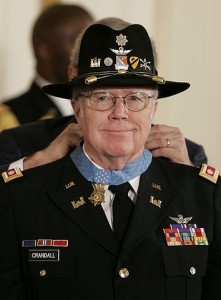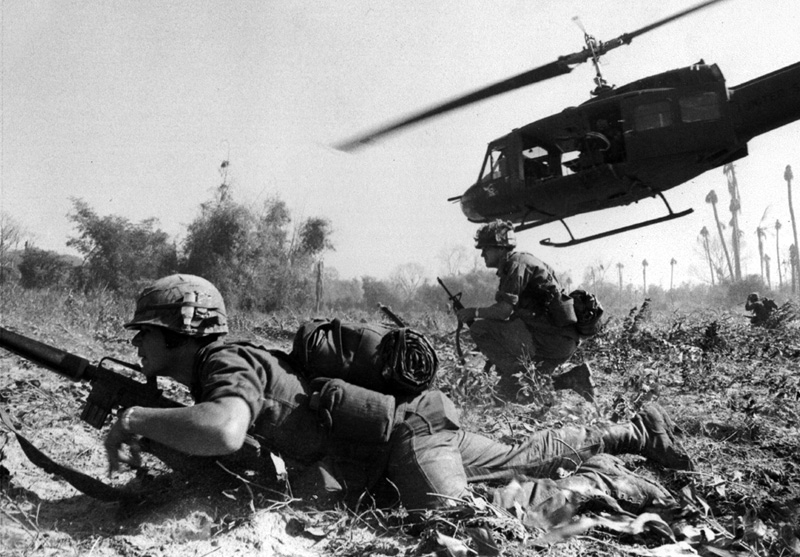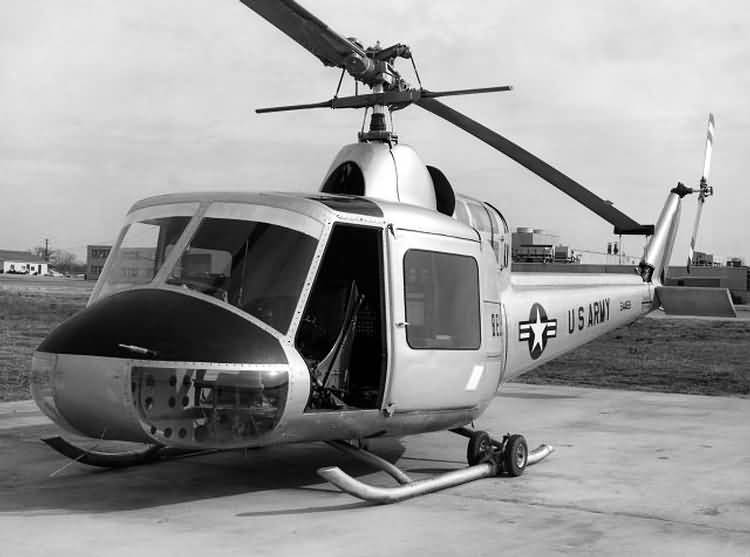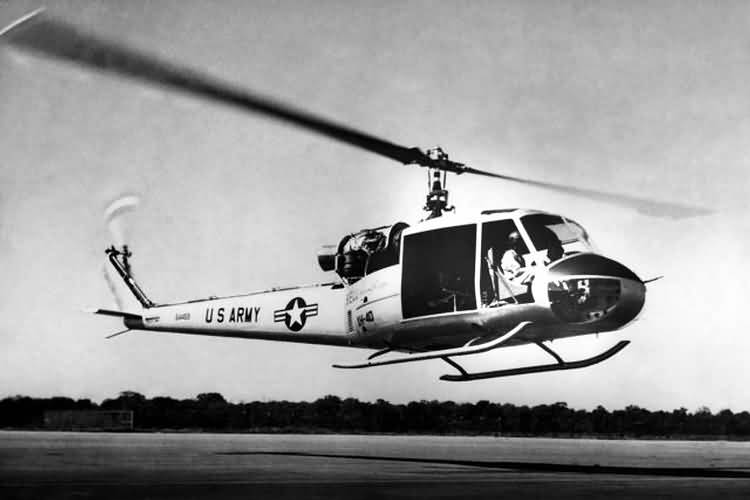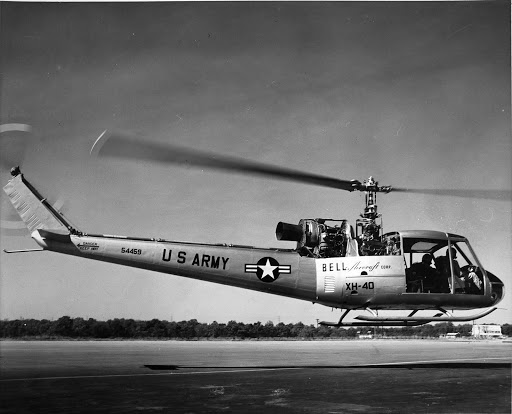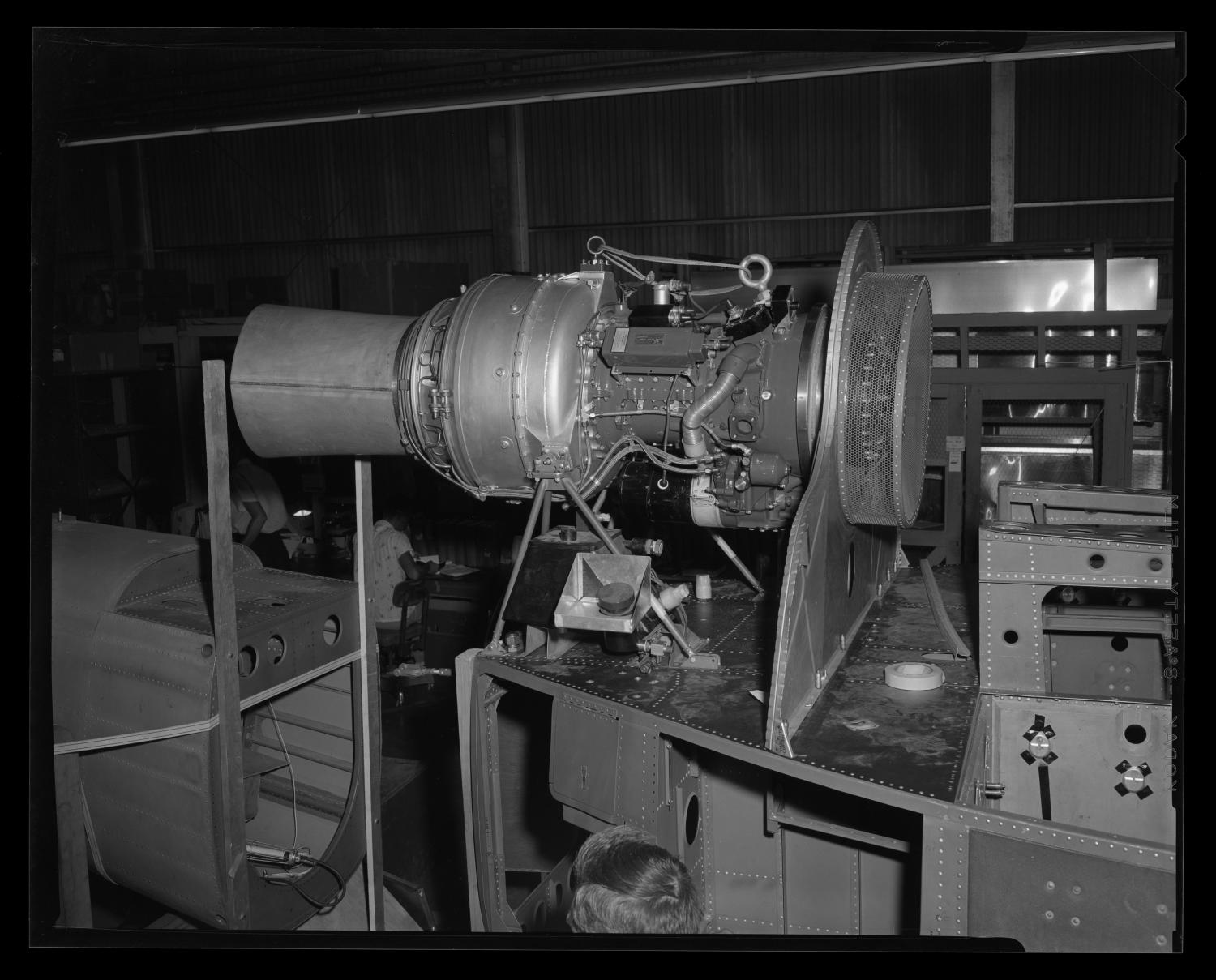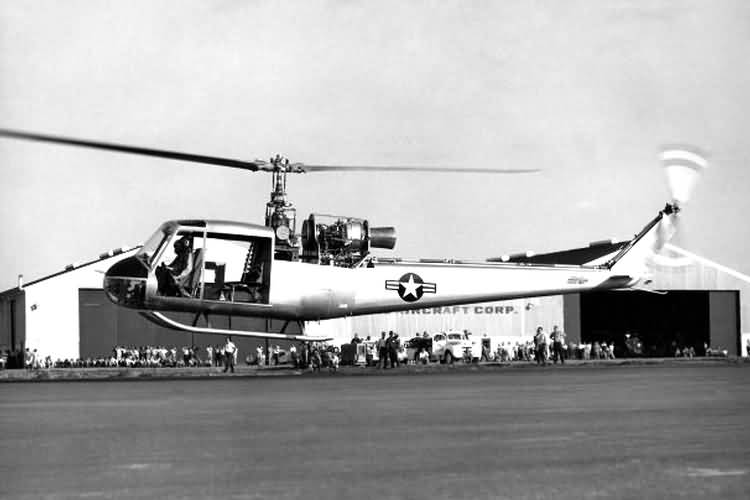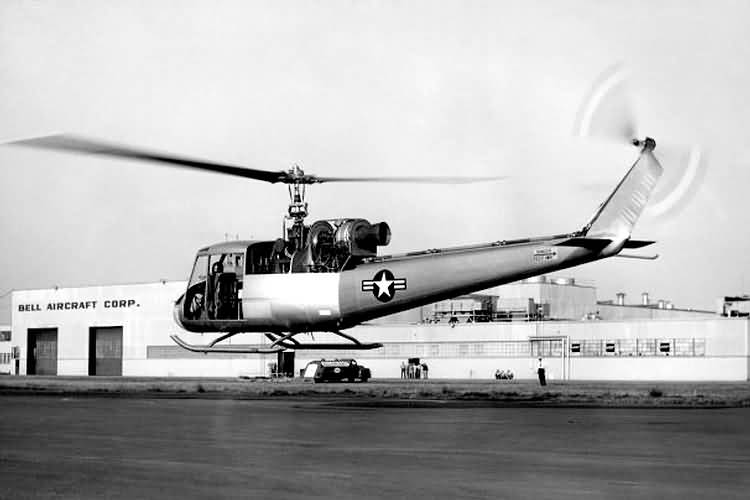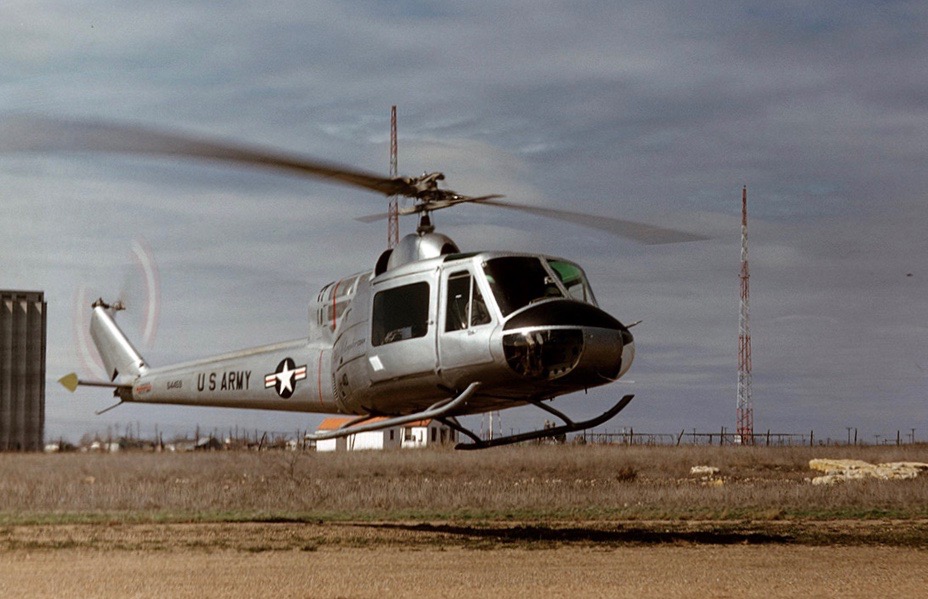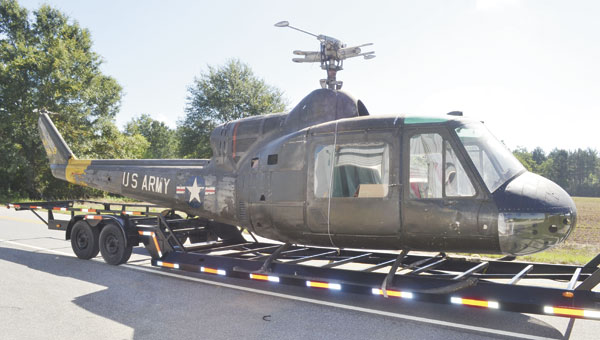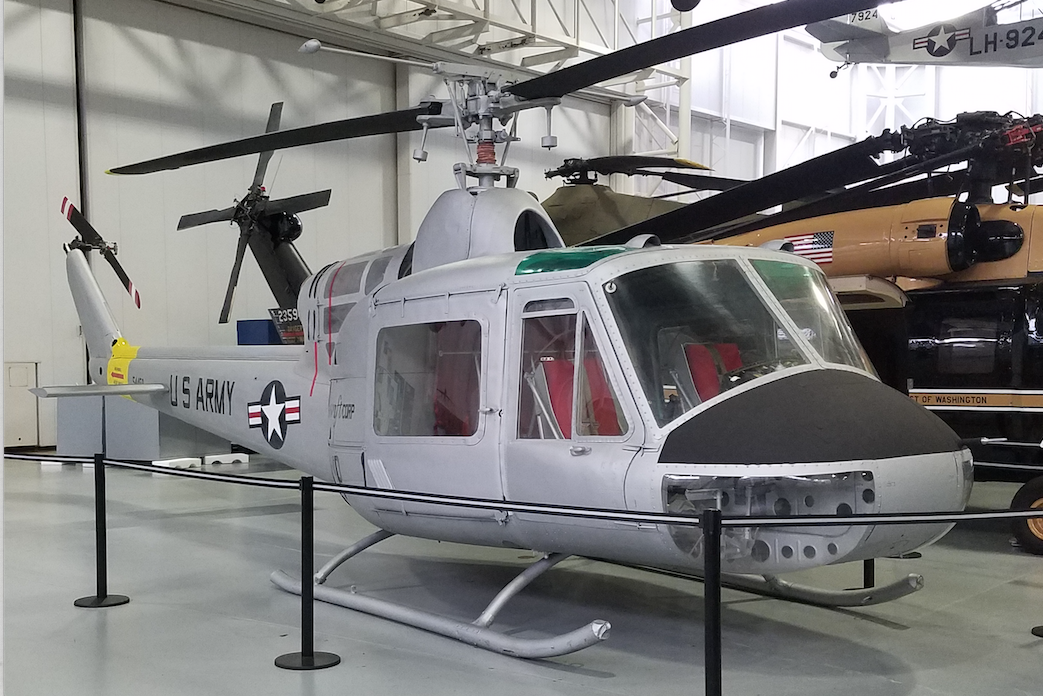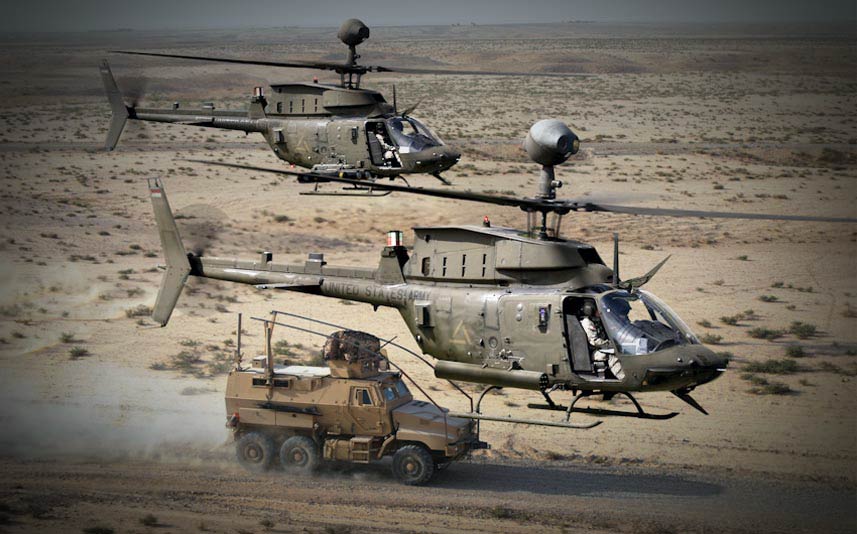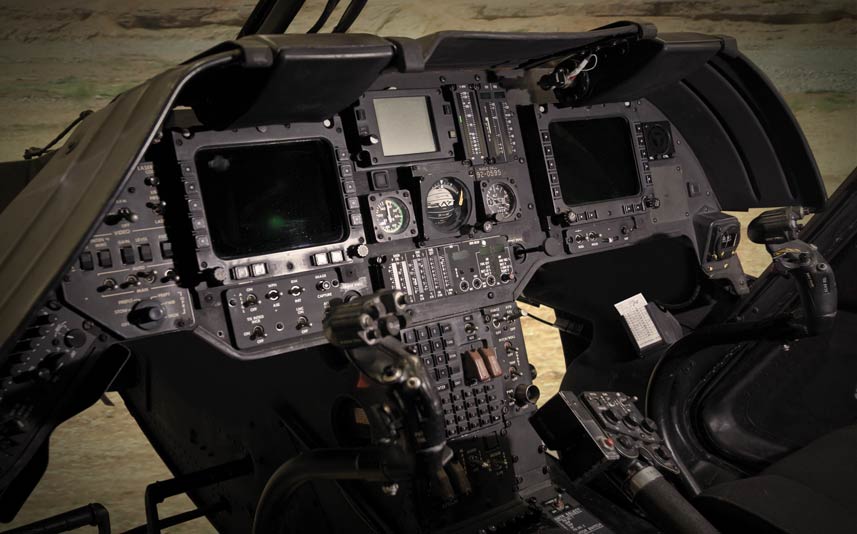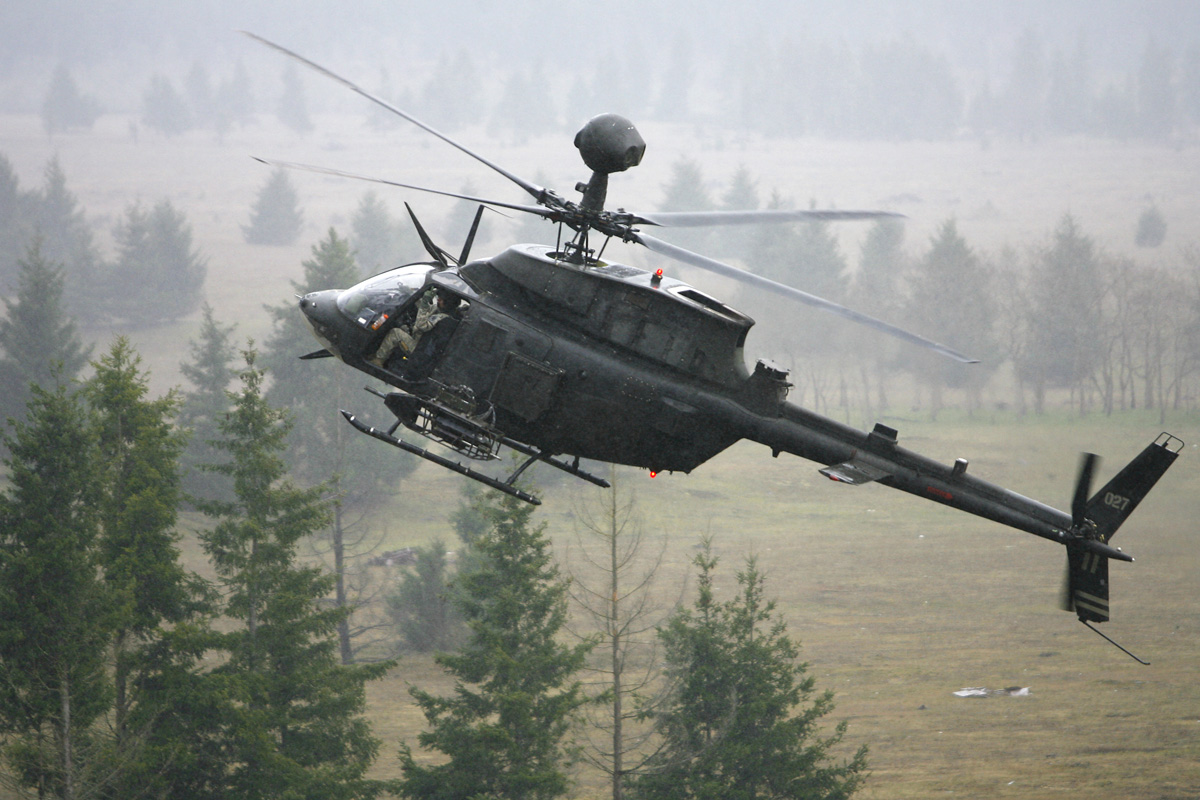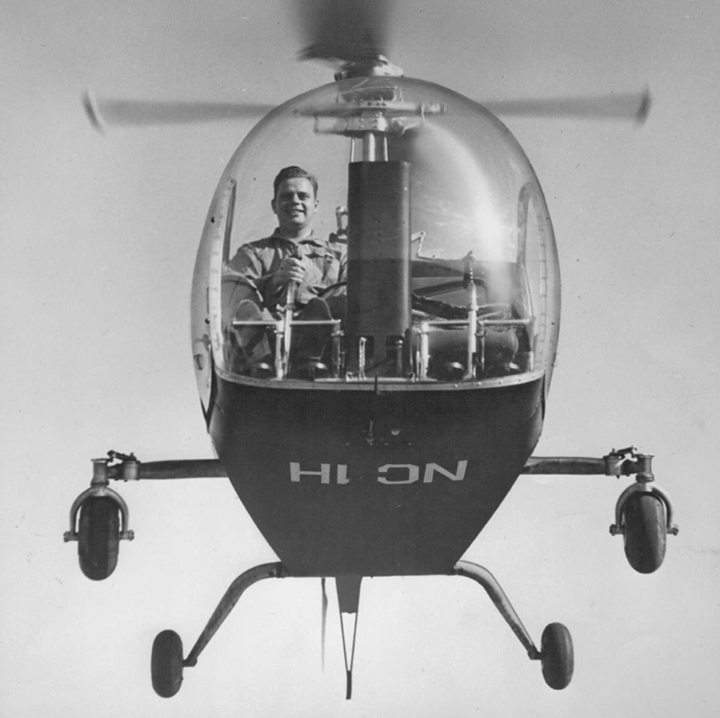
 8 December 1945: At the Bell Aircraft Corporation Wheatfield Plant, Niagara Falls, New York, the first Model 47 helicopter, NX41962, was rolled out. Designed by Arthur M. Young, the Model 47 was based on Young’s earlier Model 30. The new helicopter made its first flight on the same day.
8 December 1945: At the Bell Aircraft Corporation Wheatfield Plant, Niagara Falls, New York, the first Model 47 helicopter, NX41962, was rolled out. Designed by Arthur M. Young, the Model 47 was based on Young’s earlier Model 30. The new helicopter made its first flight on the same day.
The Civil Aviation Administration (C.A.A.), predecessor of the Federal Aviation Administration, had never certified a helicopter, so Bell worked with government officials to develop civil certification standards. The Bell 47 received the C.A.A. Type Certificate H-1 on 8 March 1946 and the first helicopter’s registration was changed to NC1H.
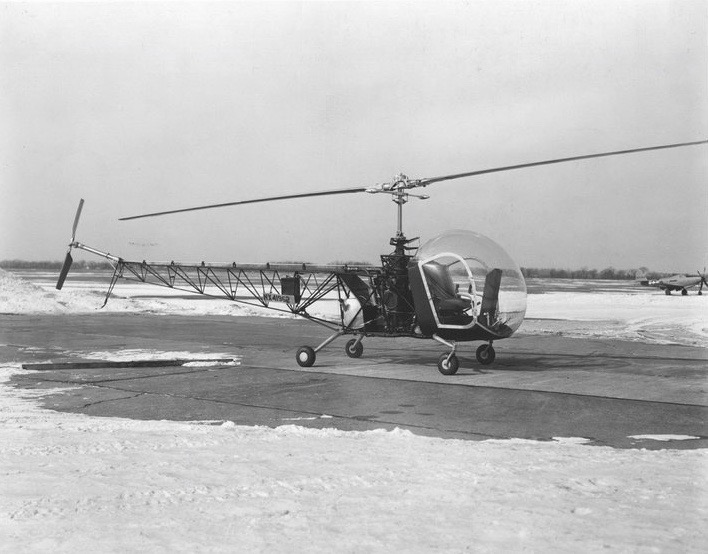
The Bell 47 series was constructed of a welded tubular steel airframe with a sheet metal cockpit and a characteristic plexiglas bubble. In the original configuration, it had a four-point wheeled landing gear, but this was soon replaced with a tubular skid arrangement. It was a two-place aircraft with dual flight controls.
The first Bell Model 47 had an overall length (with rotors turning) of 39 feet, 7½ inches (12.078 meters). The main rotor diameter was 33 feet, 7 inches (10.236 meters). The length of the fuselage, from the front of the plexiglass bubble canopy to the trailing edge of the tail rotor disc, was 29 feet, 3½ inches (8.928 meters). The tail rotor had a diameter of 5 feet, 5 inches (1.676 meters). The helicopter’s height, to the top of the main rotor mast, was 9 feet, 2-7/16 inches (2.805 meters).
NC1H had an empty weight of 1,393 pounds (632 kilograms). Its gross weight was 2,100 pounds (953 kilograms).
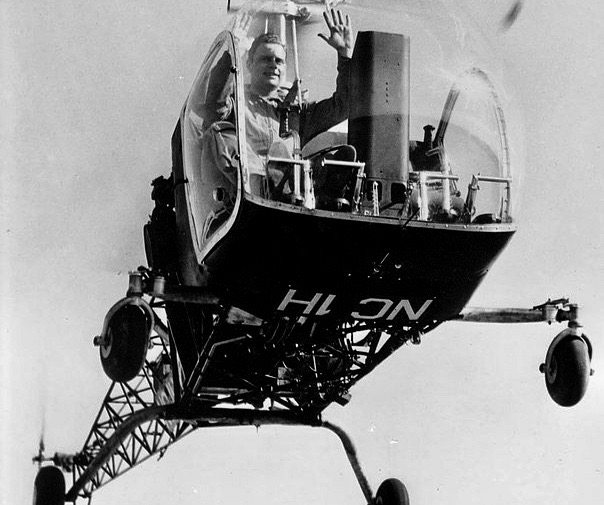
The Bell 47’s main rotor is a two-bladed, under-slung, semi-rigid assembly that would be a characteristic of helicopters built by Bell for decades. The blades were constructed of laminated wood, and covered with fabric. A stabilizer bar was placed below the hub and linked to the flight controls through hydraulic dampers. This made for a very stable aircraft. The main rotor turns counter-clockwise, as seen from above. (The advancing blade is on the right.) The tail rotor is positioned on the right side of the tail boom in a tractor configuration. It rotates counter-clockwise as seen from the helicopter’s left. (The advancing blade is above the axis of rotation.)
 Power was supplied by an air-cooled, normally-aspirated, 333.991-cubic-inch-displacement (5.473 liter) Franklin Engine Company 6V4-178-B3 vertically-opposed six cylinder engine, serial number 17008, rated at 178 horsepower at 3,000 r.p.m. Power was sent through a centrifugal clutch to a transmission which turned the main rotor through a two-stage planetary gear reduction system with a ratio of 9:1. The transmission also drove the tail rotor drive shaft, and through a vee-belt/pulley system, a large fan to provide cooling air for the engine.
Power was supplied by an air-cooled, normally-aspirated, 333.991-cubic-inch-displacement (5.473 liter) Franklin Engine Company 6V4-178-B3 vertically-opposed six cylinder engine, serial number 17008, rated at 178 horsepower at 3,000 r.p.m. Power was sent through a centrifugal clutch to a transmission which turned the main rotor through a two-stage planetary gear reduction system with a ratio of 9:1. The transmission also drove the tail rotor drive shaft, and through a vee-belt/pulley system, a large fan to provide cooling air for the engine.
The new helicopter had a cruise speed of 75 miles per hour (121 kilometers per hour) and a maximum speed (VNE) of 80 miles per hour (129 kilometers per hour). NC1H had a service ceiling of 11,400 feet (3,475 meters).
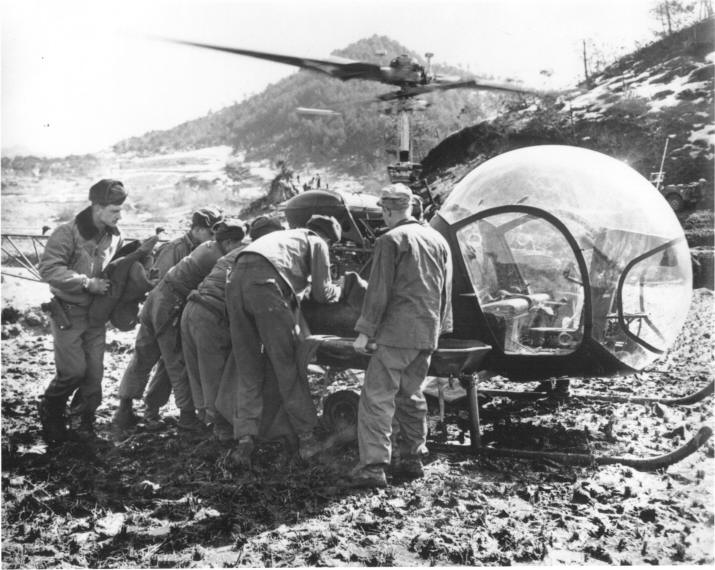
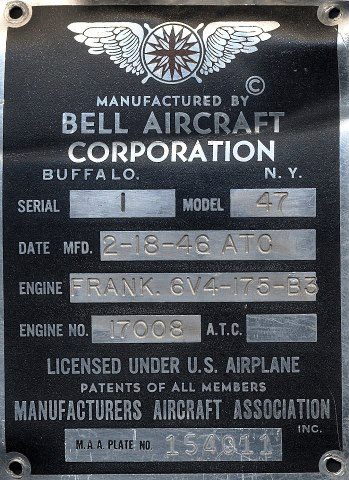
The Bell 47 was produced at the plant in New York, and later at Fort Worth, Texas. It was steadily improved and remained in production until 1974. In military service the Model 47 was designated H-13 Sioux, (Army and Air Force), HTL (Navy) and HUG (Coast Guard). The helicopter was also built under license by Agusta, Kawasaki and Westland. More than 7,000 were built worldwide and it is believed that about 10% of those remain in service.
In 2010, the type certificates for all Bell 47 models was transferred to Scott’s Helicopter Service, Le Sueur, Minnesota, which continues to manufacture parts and complete helicopters.
After certification testing and demonstrations, NC1H was one of two Bell 47s used for flight training. The first Bell 47, s/n 1, crashed at Niagara Falls Airport, 3 April 1946.
While hovering out of ground effect, a student inadvertently oversped the main rotor by decreasing collective pitch when he had intended to increase it. The main rotor hub separated and the helicopter dropped to the ground. Both the student and instructor were injured. Damage to NC1H was extensive and the helicopter was scrapped. The registration, NC1H, was reassigned to Bell 47 s/n 11.
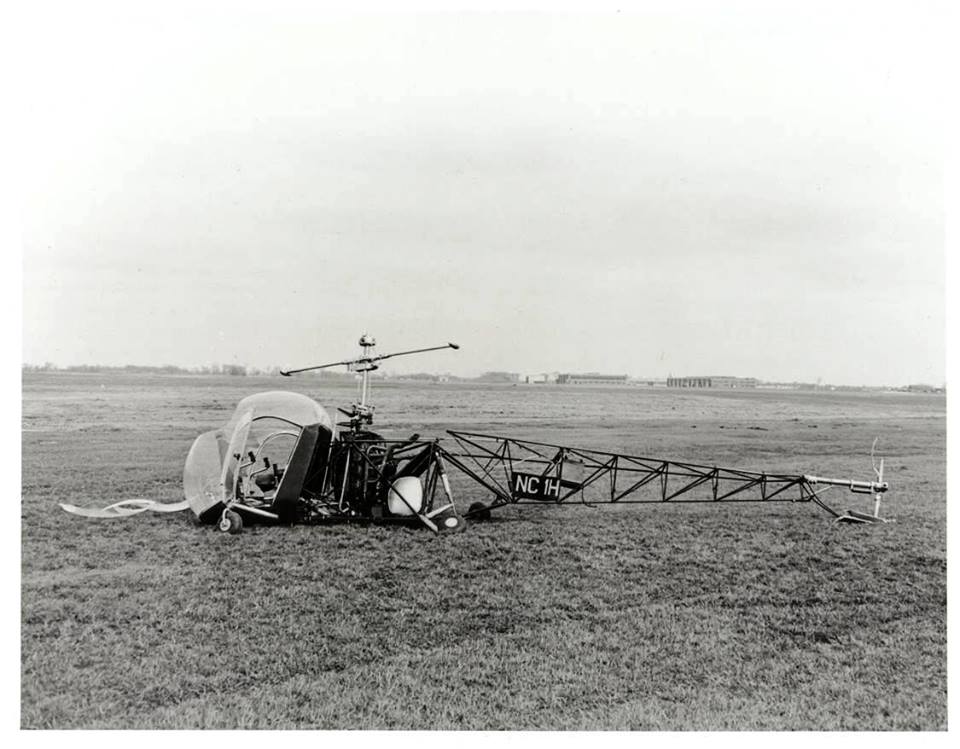
© 2018, Bryan R. Swopes
